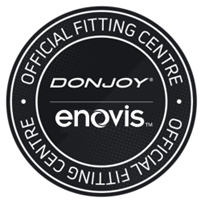
If you're recovering from a knee injury or dealing with chronic knee joint pain, a brace fitting might be the perfect solution to support your healing journey. Braces are designed to stabilise and protect affected areas, allowing you to move with confidence while reducing the risk of further injury. A knee brace will enhance your recovery, relieve pain, and help you return to your daily activities with greater ease. Our brace fitting specialist Alex Ryan will work closely with you to ensure the perfect fit, tailored specifically to your needs, giving you the confidence to continue your rehabilitation with added stability. Consider a brace as a simple yet effective tool in your treatment plan, helping you feel supported every step of the way.
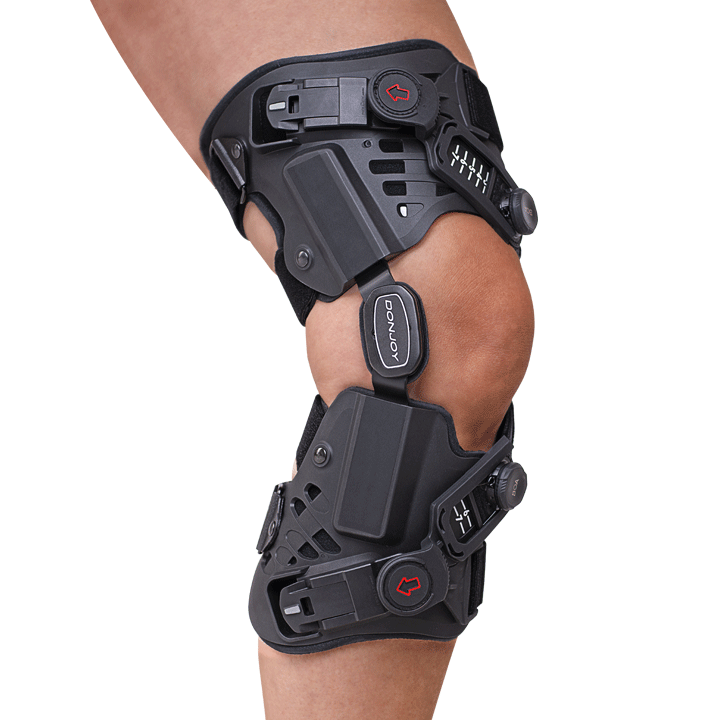
Our Physiotherapists will assess your condition, mobility, and needs before recommending the appropriate brace.
Custom measurements will be taken to ensure the brace fits correctly. The brace will then be ordered ready for your fitting appointment.
Alex will ensure the brace fits snugly but comfortably, offering full range of motion while maintaining support.
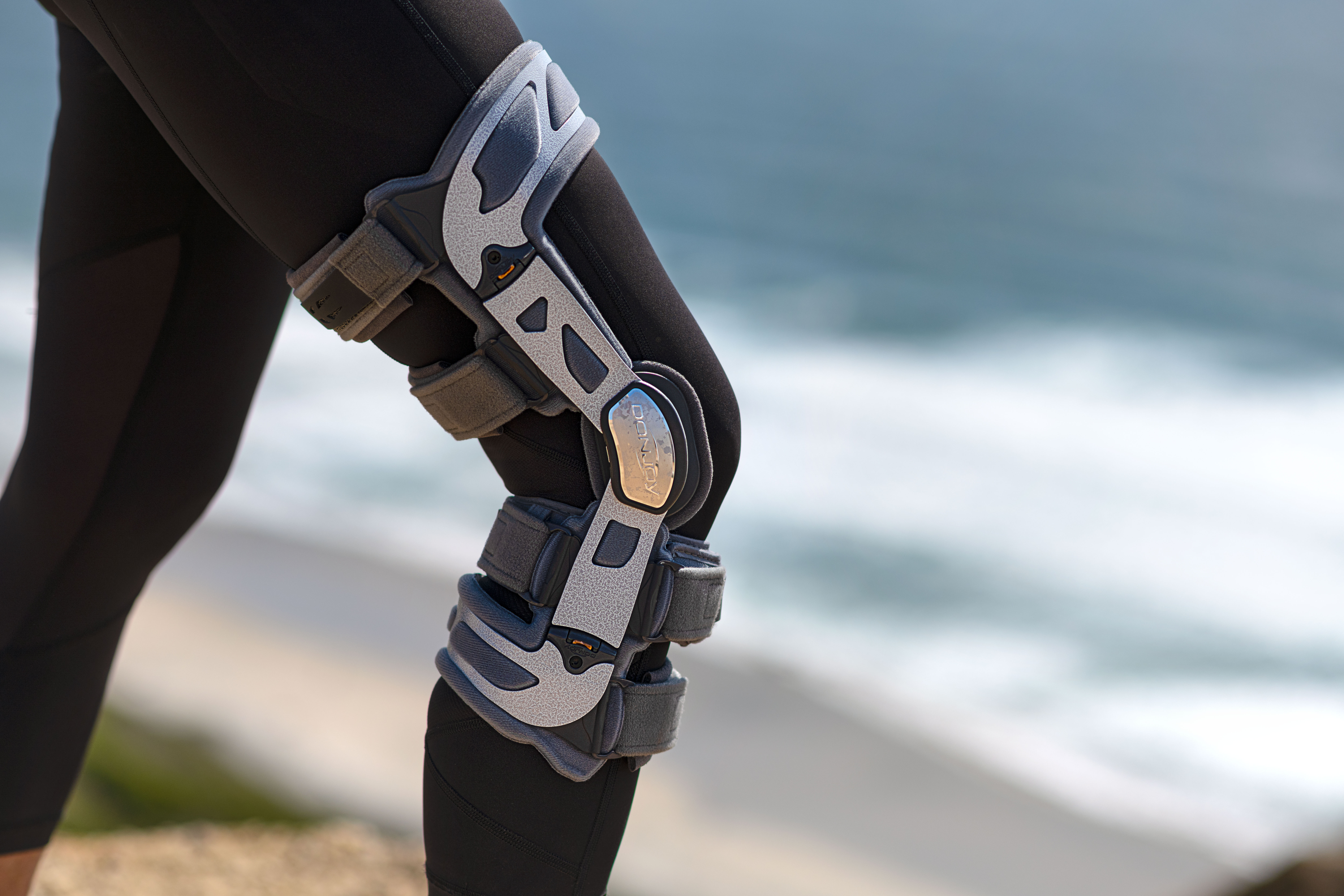
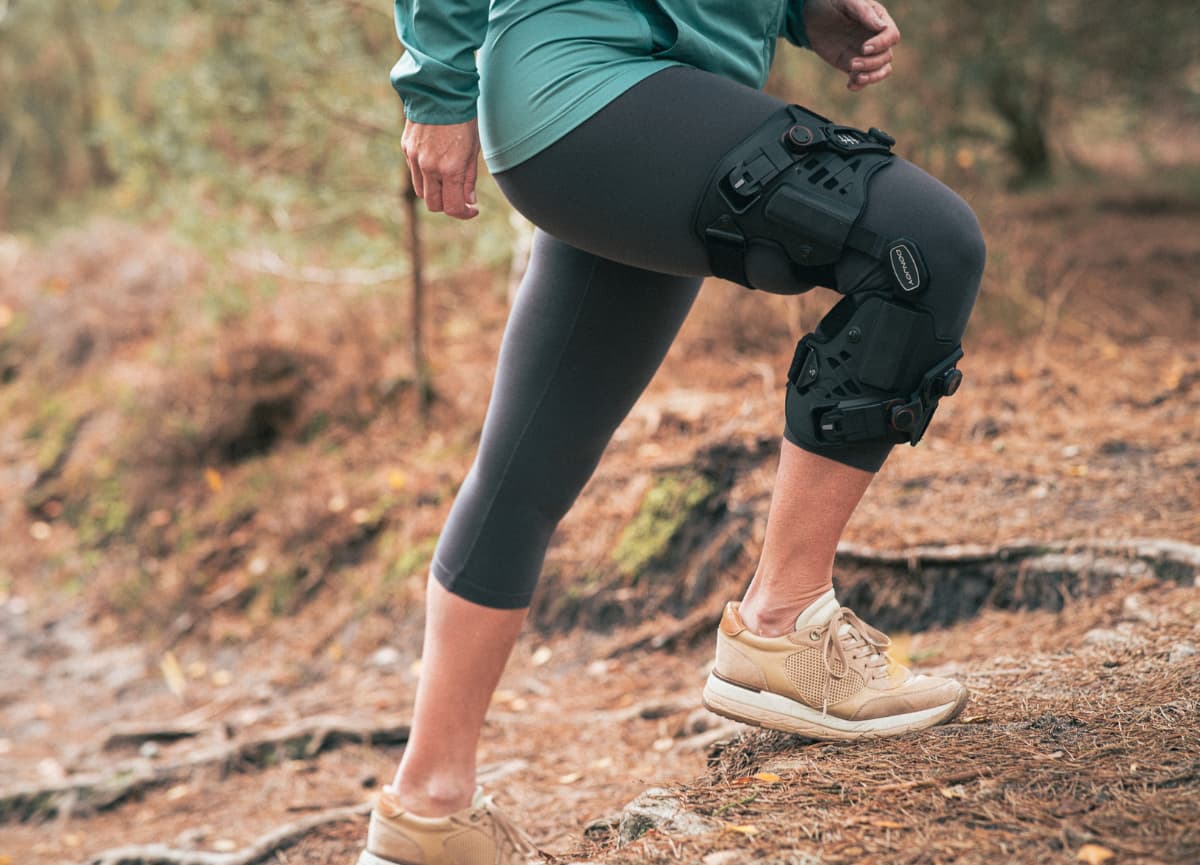

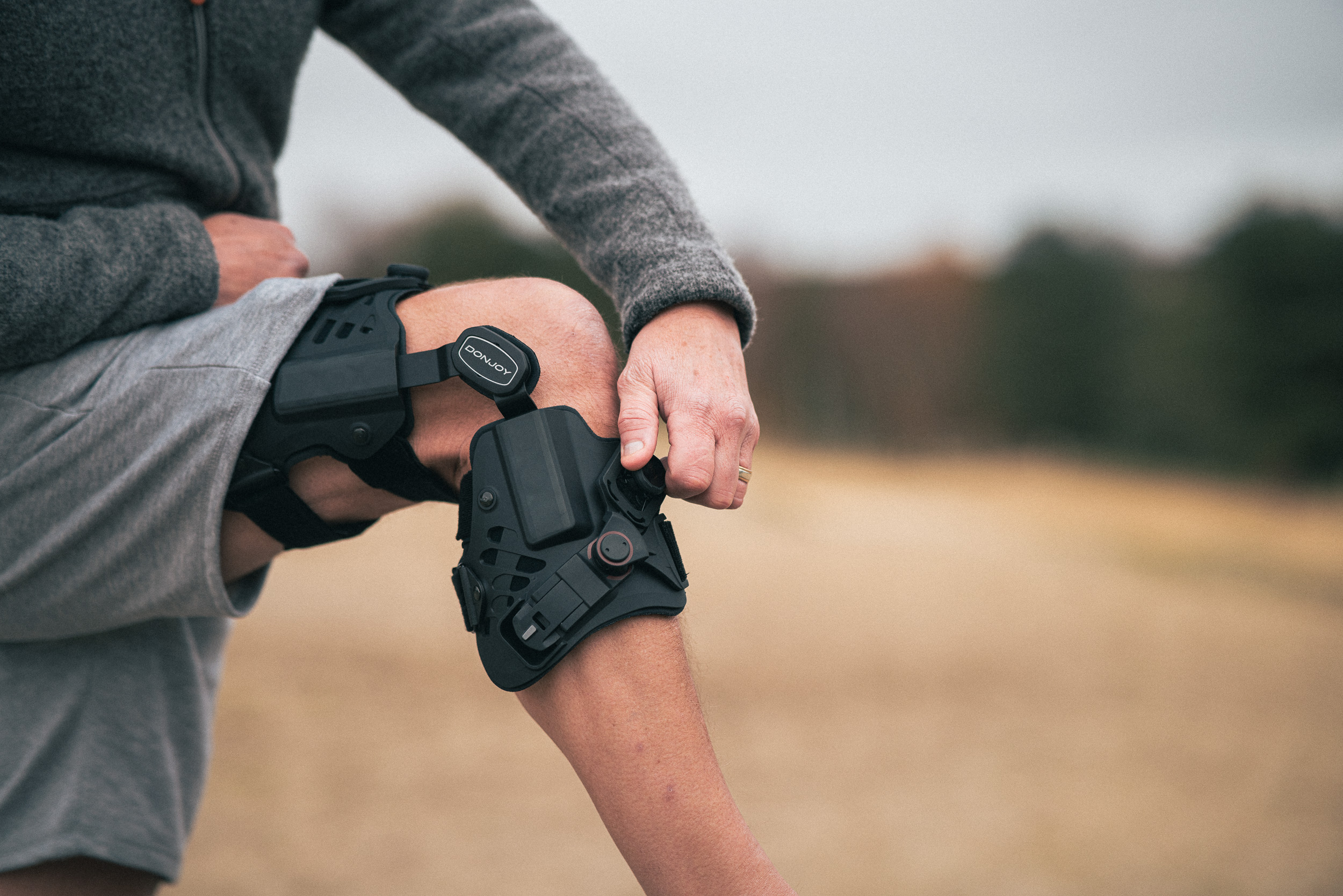
1. What is the purpose of a brace in physiotherapy?
2. How do I know which type of brace I need?
3. Can I use a brace for pain relief?
4. How should a brace fit?
5. How long do I need to wear a brace?
6. Can I exercise with a brace?
7. How do I care for my brace?
8. Can I wear a brace during daily activities?
9. What if the brace feels uncomfortable?
10. Can I wear a brace if I have allergies or skin sensitivities?
11. Will I still need physiotherapy if I wear a brace?
12. What happens if I don’t wear the brace as prescribed?
14. How do I know when to stop wearing the brace?
Your physiotherapist will assess your progress and guide you on when it’s appropriate to stop using the brace. Typically, as your strength and mobility improve, the brace will be used less frequently.
I highly recommend Donna at Blue Sky. I have found her to be kind, understanding and compassionate. She saw me at short notice for my first appointment with her and she has helped me immensely. Donna is very dedicated to her clients and in helping them recover. Thank you.
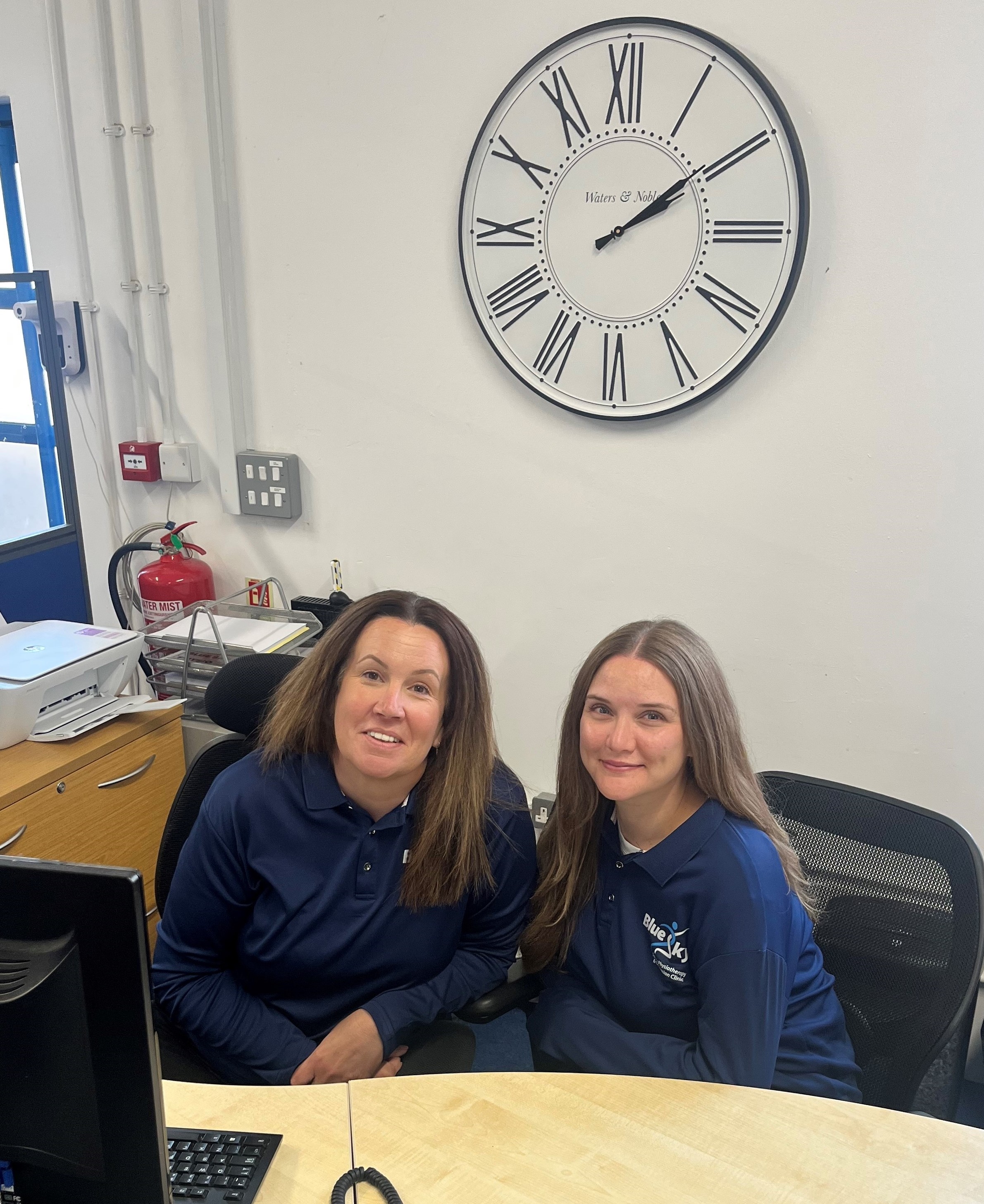
Are you ready to have a chat with our team to discover how we can help you achieve a better quality of health, fitness and well-being?
Book a physiotherapy appointment with our team and start the journey to creating the perfect treatment plan for your issue, your lifestyle
and your goals.